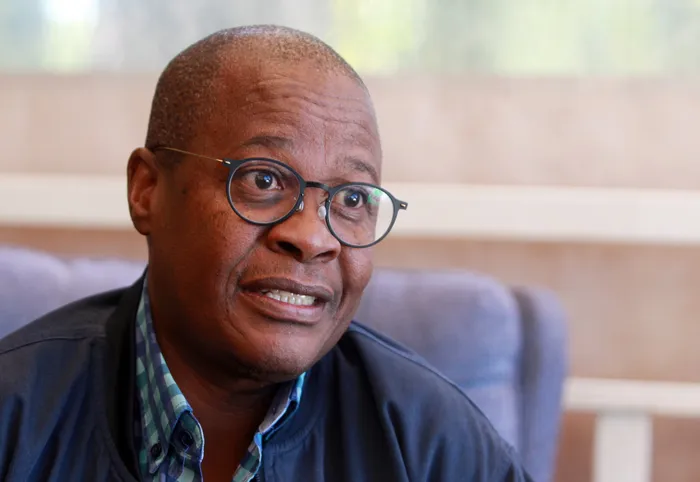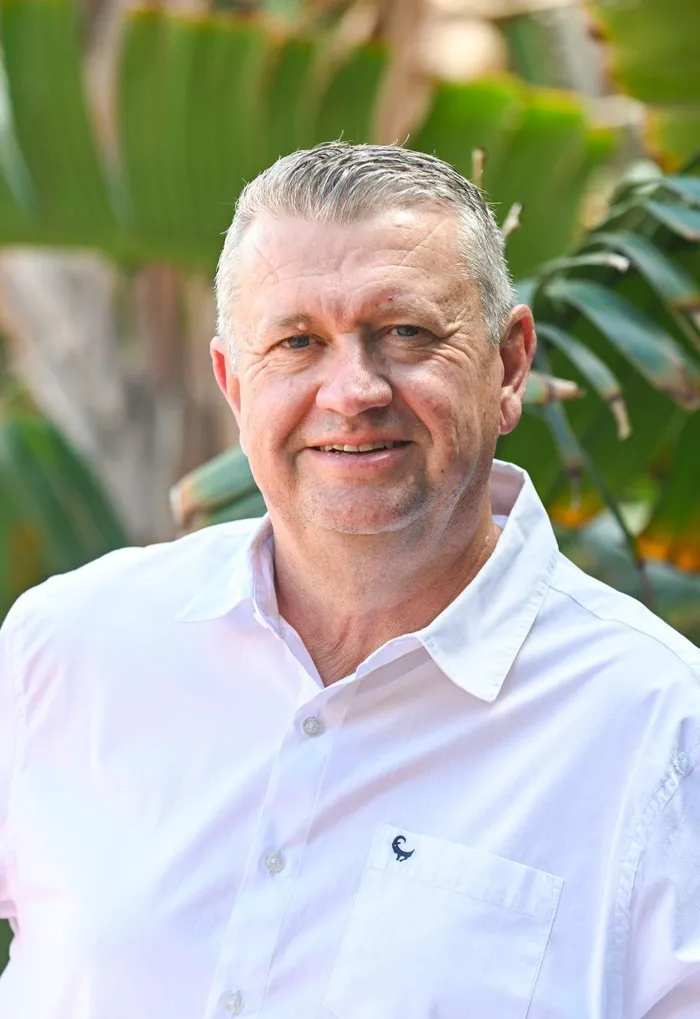Political interference nearly crippled South Africa's energy landscape

Former Eskom chief executive Brian Molefe.
Image: Jacques Naude / Independent Newspapers
As South Africa marks a decade of wind energy generation under the Renewable Energy Independent Power Producer Procurement Programme (REIPPPP), it must also reckon with a period when political interference nearly brought that progress to a halt. At the centre of that disruption stands former Eskom CEO Brian Molefe.
Molefe’s refusal to sign key renewable energy agreements delayed investment, deepened load shedding, and destabilised the sector. The resulting uncertainty cost the country billions and led to significant job losses, consequences that are still felt in the energy landscape today.
Molefe was appointed CEO of Eskom in 2015, after a tenure at Transnet that would later come under scrutiny for enabling large-scale procurement irregularities. In August of that year, he and then-President Jacob Zuma celebrated the first unit of the Medupi coal-fired power station reaching commercial operation. The event was presented as a turning point. Zuma announced that load shedding was over, and the energy crisis resolved.
That statement was not only premature, it was deliberately misleading. Medupi had already been delayed by four years and had exceeded its original budget by tens of billions of rand. The final unit would only come online in 2021. These delays placed immense pressure on older coal-fired power stations that needed scheduled maintenance. Without this planned downtime, system stability declined. Load shedding remained a necessary and increasingly frequent tool to prevent system collapse.
Rather than use this milestone to support a balanced and diversified electricity mix, Molefe used it to justify delaying the signing of REIPPPP Bid Window 4 power purchase agreements. His reasons ranged from the claim that Medupi’s output would suffice, to arguments about the tariffs being too high. Behind these justifications was a clear agenda: stall the growth of private-sector-led renewable energy.
The impact of that decision was immediate. Local and international investors paused or withdrew. Project developers halted work. Manufacturing facilities scaled down. One of the most visible casualties was DCD Wind, which closed its newly launched wind tower manufacturing plant in the Coega Industrial Development Zone. Construction companies, including established South African firms like CONCO, were forced to shut down. Thousands of jobs were lost, and the momentum that had been building in the renewable sector was lost.
Molefe’s actions were part of a broader campaign to disrupt institutional reform in the energy space. He did not act alone. His efforts were supported by Zuma, the Gupta network, former Minister of Public Enterprises Lynne Brown, and two successive energy ministers, Mmamoloko Kubayi and David Mahlobo. It was only after Zuma’s recall in February 2018 that political space opened for intervention. Within weeks, incoming Energy Minister Jeff Radebe approved the signing of the long-delayed Bid Window 4 agreements. On 4 April 2018, 27 projects were given the green light, unlocking R56 billion in investment.
Why did this level of resistance to renewables exist at a time when the country was in the midst of a worsening electricity crisis?
The answer lies in a political battle that continues to define South Africa’s energy decisions. It is a struggle between competing factions within the ANC, between those who support transparency and decentralisation, and those who rely on state-owned institutions to control procurement, influence contracts, and preserve patronage. These centralist actors have long promoted mega-projects, including large coal and nuclear builds, as the default strategy for energy security.
Such projects are consistently framed as job creators. The implication is that decentralised, private-sector-led electricity generation threatens employment, especially in the coal value chain. This narrative has been reinforced by unions and political allies, even as evidence shows that renewable energy procurement has supported broad-based investment, skills development, and regional economic growth.
The Medupi and Kusile projects have made the risk of state-led mega projects clear. Both have suffered cost overruns, delays, and ongoing technical failures. These outcomes have weakened Eskom, undermined supply stability, and exposed public finances to inflated risk. Yet the same centralist arguments persist.
Although the Zuma-Molefe axis is no longer in power, resistance to reform continues. In recent months, pressure against independent power generation and market liberalisation has increased again. This reflects a deeper reluctance to relinquish control of an energy sector that has long served as a channel for influence and enrichment.
South Africa remains in a fragile position. There is no shortage of technical expertise, investor appetite, or policy guidance. What has been missing, repeatedly, is political alignment and the will to put the country’s energy needs above personal or factional interests.
If this dynamic does not shift, the country risks repeating the very failures that stalled progress a decade ago. Only a stable, rules-based environment that protects procurement integrity and regulatory independence will allow South Africa to rebuild a credible, reliable electricity future.

Thomas Garner holds a Mechanical Engineering degree from the University of Pretoria and an MBA from the University of Stellenbosch Business School.
Image: Supplied
Thomas Garner holds a Mechanical Engineering degree from the University of Pretoria and an MBA from theUniversity of Stellenbosch Business School. Thomas is self-employed focusing on energy, energy related criticalminerals, water and communities. He is a Fellow of the South African Academy of Engineering and aManagement Committee member of the South African Independent Power Producers Association.
*** The views expressed here do not necessarily represent those of Independent Media or IOL.
BUSINESS REPORT